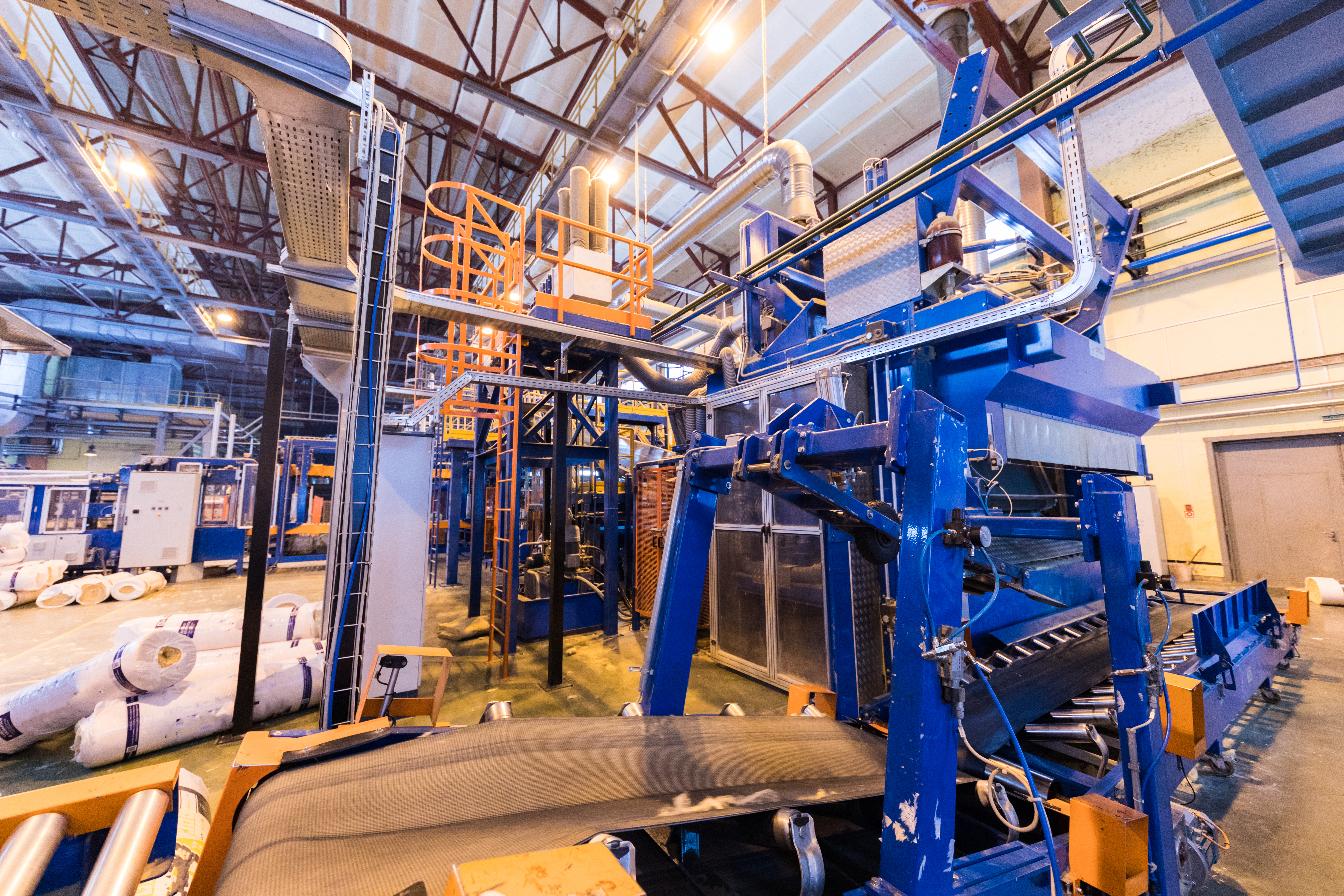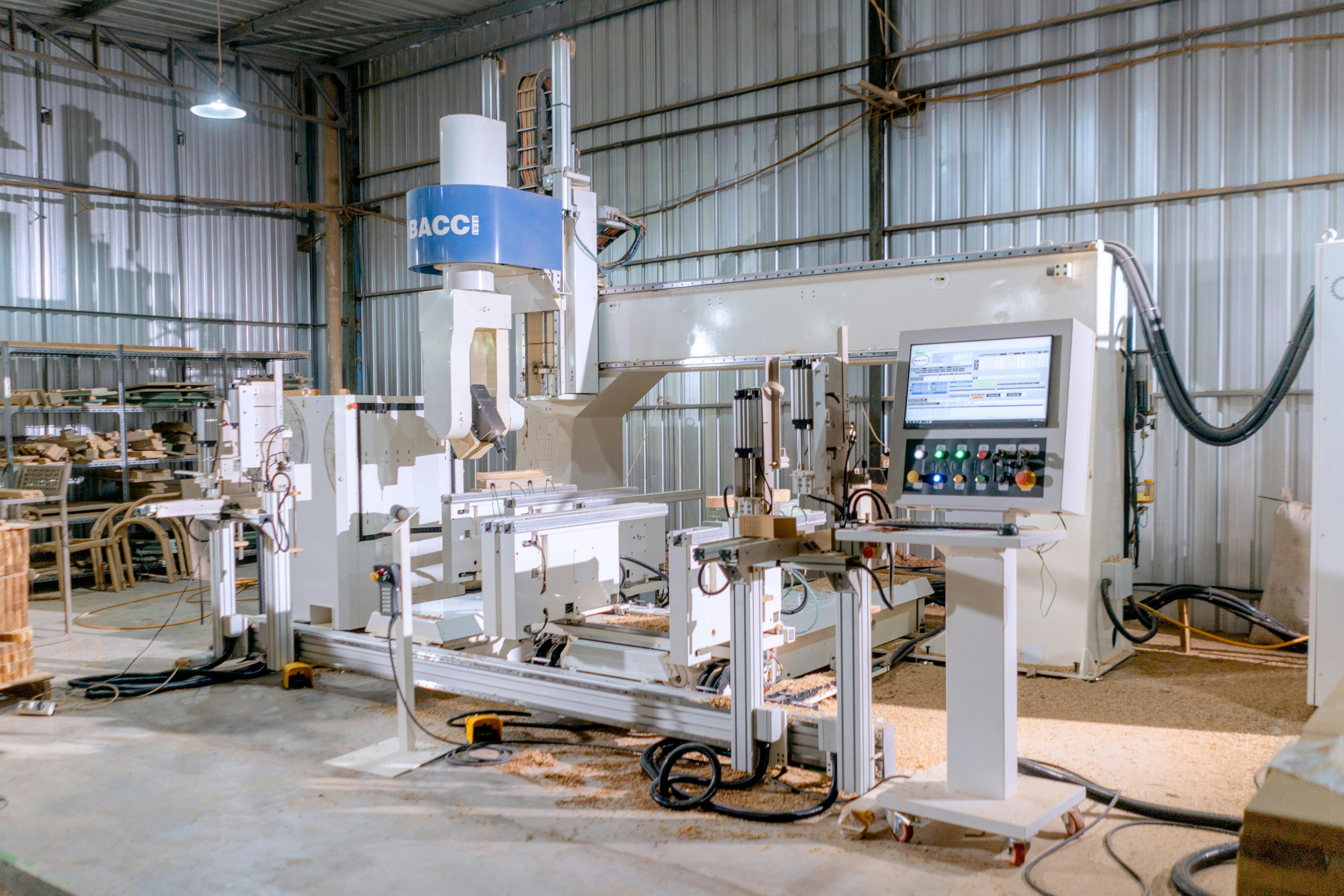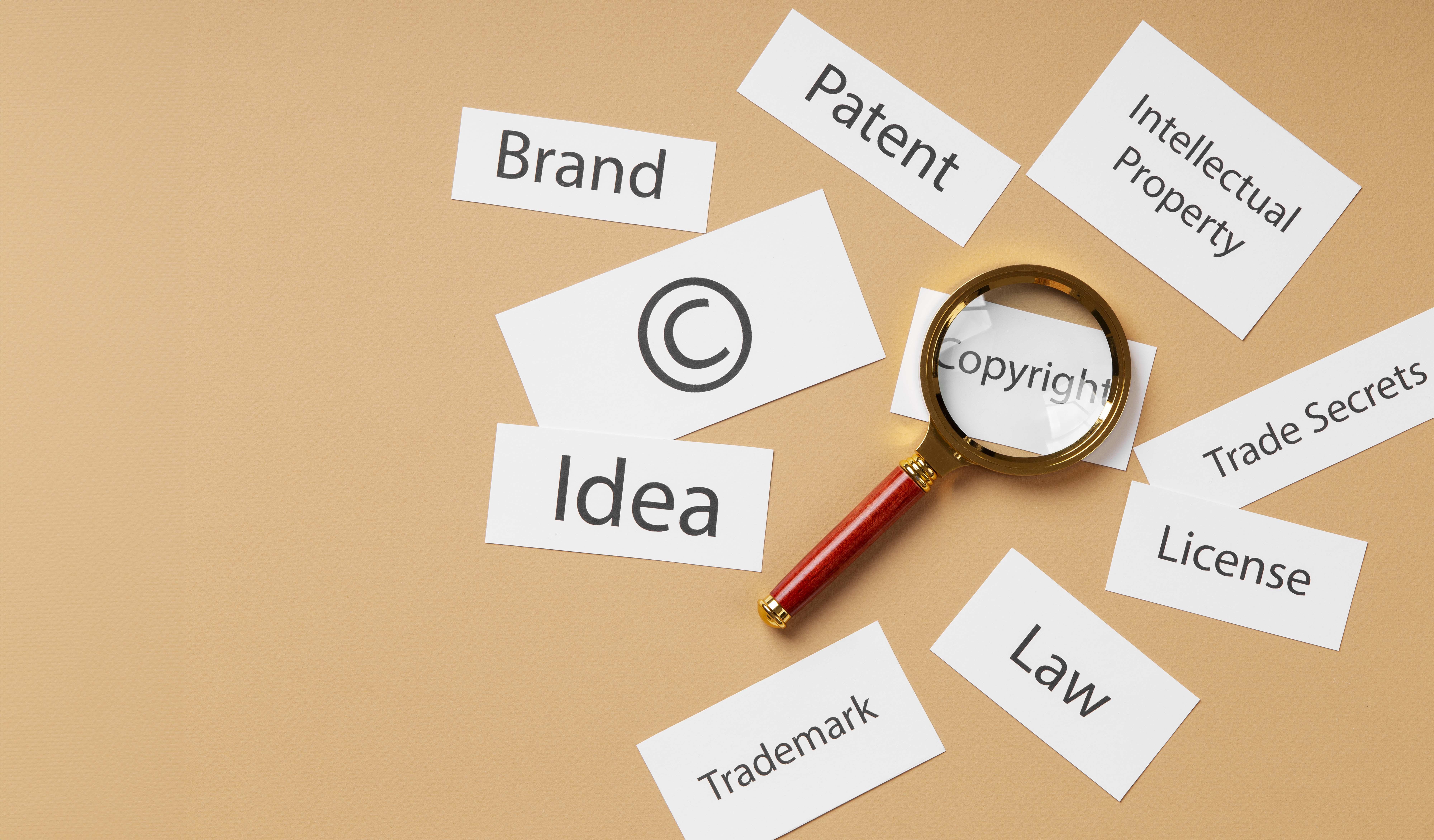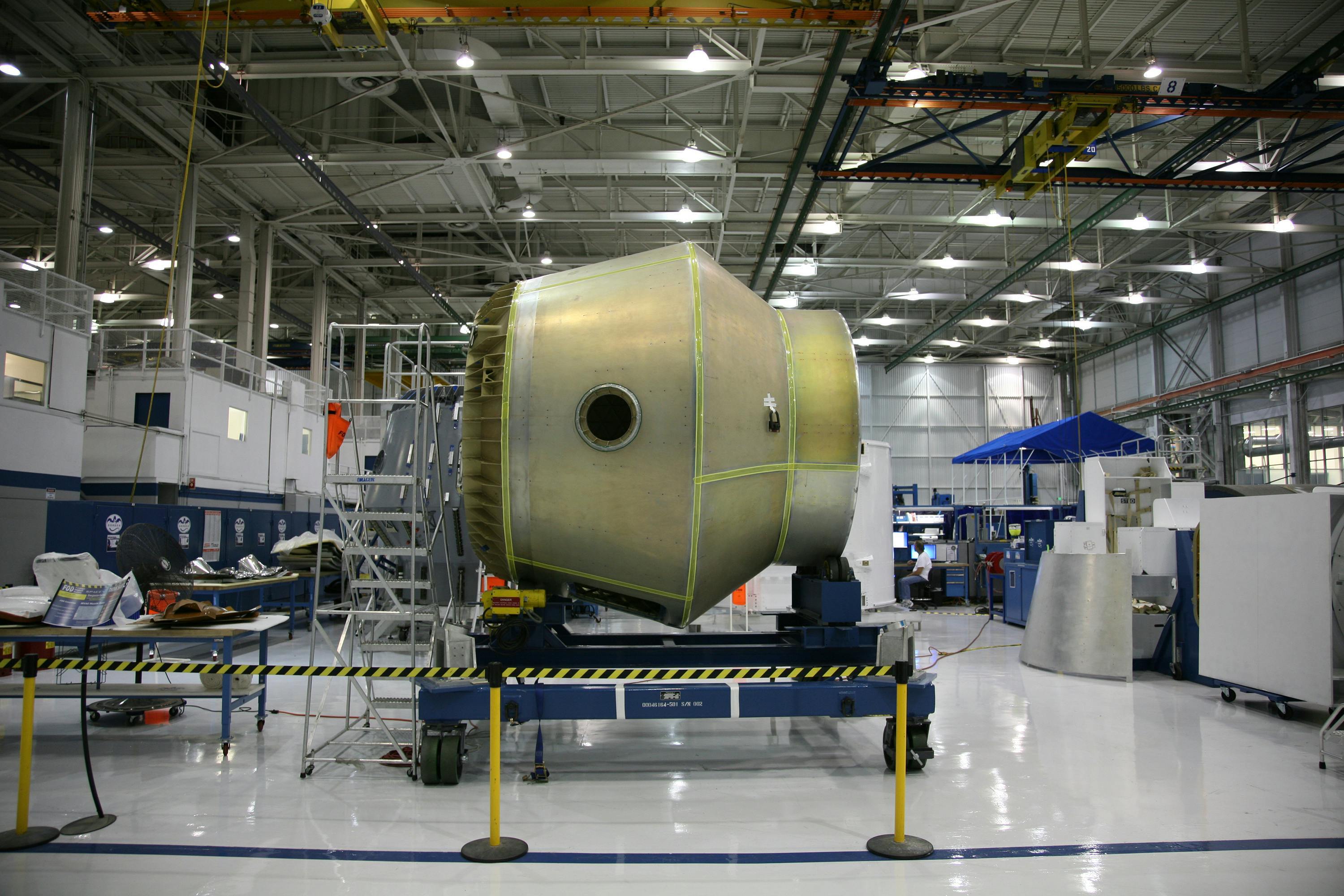CASE STUDIES
Real Results: Case Studies of Success
Grid-scale energy storage

One of two founding directors: set up business, wrote business plan.
Developed majority of IP, wrote 10 patent applications.
Brought in many partner companies inc. 6 multinationals.
Advising political, government & industry bodies on energy storage, renewable electricity, and the energy system as a whole.
3-phase distribution board

Wrote business plan, sought private and public funds.
Invited to be part time MD due to the service and support I delivered.
Anaerobic Digestion start-up, market leading technology

Constructed a contractual, financial and managerial framework to open the market following regulatory and customer blockages.
Brainstormed aspects of the embodiment of the technology to speed and facilitate effective installation.
Smokeless bio-fuel manufacturer

Advised on obtaining funds and approvals without surrendering IP.
Solved some technical issues.
Made business plans complete, realistic and financially viable.
EU funded R&D and commercialisation programme

Recruited companies into an EU funded R&D programme supporting the development of eco-innovative technologies and services.
Helped define and refine R&D programmes in many disciplines.
Created, analysed & improved businesses, strategies, technologies, products and services in many sectors, focused on eco-innovation.
Automated robotic non-destructive testing (NDT)

Identified the main industries and clients for software to automate the programming of non-destructive testing robots.
Identified other technologies for which such software is suitable.
Developed a questionnaire to do a market survey and gauge interest.
Packaging manufacturer

Brainstormed a new product range and application to address a new market, add new services and win eco credentials.
Environmental consultancy

Extended the idea of the development of a monitoring app into an entire strategy to build a new income stream and business.
Renewable energy generation and storage

Separated two connected projects so both are more likely to proceed.
Developed an energy storage idea into a rational, fundable proposal.
Rolling mill manufacturer

Brainstormed ways of recycling energy to save clients’ operational costs, so creating unique selling propositions in a crowded market.
Cable and harness manufacturer: new product development

Based on current company capabilities, developed and marketed 5 new products for actual industry requirements in a staid industry.
Used these new products to break into different markets and customers, to which we could sell standard product also.
Sourced ongoing and one-off product to deliver the solutions.
Strategy development and implementation

Wrote the business strategies for a medium-sized manufacturer, a medical services company, an educational charity, a multinational MRO division of a global conglomerate; contributed to others.
Wrote and implemented the marketing strategy for both a mid-sized manufacturer and a non-destructive testing business.
Contract manufacturers: marketing and new market development

Researched and broke into new markets and customers, created marketing literature, wrote and published many articles, created website, developed the brand, joined industry bodies, exhibited at trade fairs, made the companies well known in their markets.
Non-Destructive Testing: product development, accreditation, marketing

Identified the need for a new NDT technology.
Sourced the best available by trials (independently verified after).
Proposed and justified product development project to simplify the system from graduate operator to shop floor operator.
Negotiated the contract with the supplier: cost share, free exclusivity.
Wrote and published an industry journal paper.
Wrote 2 patent applications, inventor on both.
Managed product development project, below budget.
Managed accreditation in the rail industry – both track and vehicle.
Sold the NDT product (potential £100’s K p.a.) as a service (potential: £10s M p.a., ongoing).
Marketed and sold NDT services in UK, China, Europe and USA.
Heavy engineering: Turn-key investment in a £4.4M machining cell

Innovated cell and machine design to increase capacity of machine cell by 233% (at same price), worth £4.2M p.a.
Future upgrade: price reduced 63%, capacity increased 67%.
Raised equipment resilience from zero to 95%.
Increased cell flexibility & functionality, instigated unmanned operation.
Negotiated procurement contract with free training, first 100 programmes, 1 year on-site maintenance and coaching.
Grit blast and paint plant
Capital investment and workflow re-ordering

Developed new process to accommodate additional work and comply with VOC emissions legislation, for complex overhauls.
Invested in grit blast and paint plant (£750k).
Negotiated procurement contracts for all items.
Rearranged shop floor and overhaul processes to reduce overhaul costs by 10% (£271k p.a.) and turn-round times by 2/3 despite adding the two new processes.
Managed the project from business case to hand-over after snagging.
Steel Plant: Furnace and forge improvements

Planned and justified a £1.1M 25-year deep overhaul and upgrade.
Reduced steel usage by £414k p.a. and energy usage by £32k p.a.
Reduced machine and tooling wear by £290k p.a.
Implemented Planned and Preventive Maintenance.
MRO (Maintenance and Repair Organisation): Various production efficiency projects

Efficient working practices, co-ordination between functions.
Revised shop layout, improved tooling, revised procedures.
Process improvement, management systems.
Savings: over £800k p.a. plus £500k one-off – average results each year.
MRO: Purchasing and capital investment savings

Acoustic test 69%; Offices 26% (plus £125k p.a. efficiency savings).
Chemicals 60% of £160k p.a. spend, with rationalisation and support.
Distribution and Logistics: Warehouse set-up

Cost £260k, a reduction of 58% on the original cost.
Increased capacity by 73%, in a more workable space.
Catalysed and guided the development of a new business that took 33% market share within 3 years.
Initiated a novel service offering into the market, which enabled this.
Intellectual Property

Introduced IP management into a neophyte division.
Took out 4 patents, wrote 8 more, inventor on 4 of them.
Saved the company from a £9-figure IP claim (including rectification costs) which would have excluded it from North America also.
Aerospace: parallel design / process re-engineering

Reduced design change lead times from 3+ years to 20 weeks.
Introduced design for manufacture and cross-functional teamwork.
Introduced parallel rather than sequential working.
Business process re-engineering before the book was written!
Manufacturing: Cost avoidance

Purchase of paint plant not needed: £100k.
Purchase of cleaning plant avoided: £25k + £25k p.a. chemicals costs.
Heavy engineering manufacturer: purchasing (France, in French)

Created competitive advantage through purchasing.
Reduced purchasing costs by over 10% (£12M).
Developed strategic supplier relationships, reduced supplier base.
Re-structured department: split into purchasing, buying and support.
Technical training of purchasers and buyers.
Chemical manufacturing: production efficiency, customer service (South Africa)

Created formal production planning methods and system, reducing the company’s risk of depending on one person.
Raised service levels from 10% to 90% of requested delivery dates, and from 30% to 95% by lead time, and rising.
Increased capacity by 20% without capital investment.
Reduced national finished goods stocks by 60%.
Furniture manufacturer: OTIF transformation

Saved a factory under notice of closure: brought it to world class.
Reduced lead times from 5 weeks to 2 weeks & productivity by 30%.
Raised customer service from 70% to 99% of deliveries on time.
Transformed the administrative systems to enable the above.
Business analysis to change a stock system into an MRP system.
FMCG: production and distribution efficiency

Increased company value from £7M to £35M prior to mgt buyout.
Increased warehouse productivity by 36%.
Enabled success of 30% productivity increase in factory.
Warehousing layouts nation-wide for 45% capacity increase.
Utility: field engineering management and productivity

Customer service and efficiency improvements, forming the basis for a 6-year advertising campaign and slogan.
Cut customer waiting times from 5-10 weeks variable to 2 weeks firm.
Improved customer service from 65% to over 97% (completion on scheduled date, first visit) and raised productivity by 27%.
Utility: purchasing & stores (Mauritius, in English and French)

Transformation of tendering and purchasing strategy based on special company and national needs and constraints.
Reduction of administrative lead times from 2 years to 3 months.
60% reduction in stocks with reduced stock-outs.
Airline caterer (30-70,000 meals per week):
productivity and management

Turned a loss-maker into a profitable company flagship, overcoming the bankruptcy of a major customer (36% of sales).
Raised labour productivity by 20%, 100% customer service record.
Created production planning and master scheduling systems.
Re-structured the production and planning functions.
Devised shift system to maximise customer service, minimise lead times and reduce shift premium pay.
Property services company: efficiency, systems, business processes re-engineering

Saved the company from axing by its parent.
Process re-engineering for all property services functions (architects, building surveyors, landlord’s functions).
Business re-engineering to develop a new strategy for growth and stability, better serving the parent and diversifying.
Managed multi-site multi-disciplinary teams, 8 concurrent projects.
Investment bank: efficiency & management control (Luxembourg, in French)

Re-structured all the back-room operations to enable more effective customer service and the bedding-in of a new computer system.
Productivity increases by between 20% and 35%.
Introduced new management systems and methods throughout.
About Mark Howitt

Mark Howitt is an entrepreneurial and experienced company director with a proven international track record of both coaching and managing success within many market sectors and functions. Both commercially and technically innovative, with an unorthodox and whole-systems approach; results orientated, highly ethical, financially savvy with well-balanced track record in strategic planning, marketing, operational management, business improvement, R&D, manufacturing, procurement and supply chain, sales and capital investment. Politically aware (all parties), familiar with the main drivers of a wide variety of markets.
Mark has launched and advised 2 independent businesses and 3 new subsidiaries, all growing strongly and becoming influential in their sectors; took 2 businesses into new markets while re-positioning and marketing them as major premium suppliers; supported development and implementation of numerous successful business and marketing strategies; and helped many businesses become more efficient and effective in their ordinary work by making their structures, systems and processes world-class. He has also innovated new products, services and businesses in diverse real-world (as opposed to financial or virtual) industries.
About Mark Howitt

Mark Howitt is an entrepreneurial and experienced company director with a proven international track record of both coaching and managing success within many market sectors and functions. Both commercially and technically innovative, with an unorthodox and whole-systems approach; results orientated, highly ethical, financially savvy with well-balanced track record in strategic planning, marketing, operational management, business improvement, R&D, manufacturing, procurement and supply chain, sales and capital investment. Politically aware (all parties), familiar with the main drivers of a wide variety of markets.
Mark has launched and advised 2 independent businesses and 3 new subsidiaries, all growing strongly and becoming influential in their sectors; took 2 businesses into new markets while re-positioning and marketing them as major premium suppliers; supported development and implementation of numerous successful business and marketing strategies; and helped many businesses become more efficient and effective in their ordinary work by making their structures, systems and processes world-class. He has also innovated new products, services and businesses in diverse real-world (as opposed to financial or virtual) industries.
Our Team

John Doe

John Doe

John Doe

John Doe
As Seen On
Hear From My Client
Blog Posts

How to Turn Great Ideas Into Marketable Products
Have you ever had a brilliant idea that sparked excitement, only to wonder how to transform it into a product that stands out in the crowded marketplace? The journey from a flash of inspiration to a successful product on the shelves is an exhilarating yet complex adventure. It’s not just about having a great idea; it’s about executing it flawlessly to resonate with consumers and drive success.
Turning a concept into a marketable product involves several crucial steps: validating your idea, developing a compelling concept, and strategising for a successful launch. It’s a process that demands not only creativity but also strategic thinking and thorough planning. To navigate this journey effectively, you need to understand the essential elements that will help your idea shine and fulfil its potential.
In this blog, we’ll delve into the critical phases of transforming your ideas into successful products.
Understanding Market Demand and Fit
To successfully turn great ideas into marketable products, start by understanding market demand and fit. This means figuring out what your target audience needs and prefers, so your product can fill a real gap in the market. Begin by conducting thorough market research — survey potential customers, analyse industry trends, and identify any existing gaps in the market.
For example, if you're launching a new line of eco-friendly kitchenware, start by conducting market research to identify the needs and preferences of potential customers. Survey households that use traditional kitchenware to uncover features they wish were available, such as sustainability, durability, or ease of use.
Next, analyse trends in sustainable living and home goods to understand the current market landscape. Additionally, evaluate your product’s fit by researching competitors, setting a competitive pricing strategy, and choosing effective distribution channels. Ensure that your kitchenware not only offers unique solutions, like being made from biodegradable materials but also fits within the market’s existing structure.
By carefully examining market demand and fit, you can make informed decisions about your kitchenware’s potential success and how well it meets the needs of your target audience.
Key Phases in Turning Ideas into Marketable Products
Turning innovative ideas into successful products involves a strategic approach through several key phases. Here’s a guide to navigating each phase effectively:
1. Validating Your Idea
Before moving forward with your idea, you need to validate it to ensure it has market potential. For example, if you're planning to launch a new meal restaurant, start by researching your target audience to understand their eating habits and preferences. Check out what similar services offer and find out what makes your idea different.
Gather feedback from potential customers by using surveys, focus groups, or testing sample meal plans. This helps you make adjustments based on real feedback, increasing the chances of your service succeeding.
Also, look at market trends to find gaps you can fill, like offering specialised diet plans or catering to busy professionals. This ensures there’s demand for your service and helps you refine your idea to better meet customer needs.
2. Developing a Product Concept
To turn your idea into a marketable product, start by developing a clear product concept. This involves detailing what your product does and how it benefits users. For example, if you're making a new smart water bottle that tracks hydration, explain how it helps people stay hydrated with features like a built-in sensor and drink reminders.
Next, sketch some designs or create a prototype to see how your concept looks and works. Get feedback from potential users to find out what they like and what needs improvement.
Do some market research to check if there’s a demand for your product and see how it compares to similar ones. Adjust your concept based on what you find to make it more appealing and valuable. By focusing on a strong product concept, you'll lay the groundwork for successfully bringing your idea to market.
3. Building a Business Case
To turn your product concept into a market-ready offering, start by building a strong business case. This means showing why your product is worth investing in. For example, if you're launching a new line of handcrafted wooden furniture, calculate how much it will cost to produce and distribute the furniture, and estimate the potential profit margins. Look at how many potential customers are in your target market, who your competitors are, and how you’ll price your furniture.
Highlight what makes your furniture special, such as unique designs, sustainable materials, or artisanal craftsmanship, and explain why it’s a good fit for the market. Provide estimates for revenue and cost savings, and plan for potential risks, such as fluctuations in material costs or changes in consumer preferences.
By presenting a clear and convincing business case, you’ll show stakeholders that your product has a strong chance of success and get the support you need to bring it to market.
4. Creating a Go-to-Market Strategy
To launch your product successfully, start by creating a go-to-market strategy. First, research your target audience, competition, and market trends to understand what makes your product special and how to position it. For example, if you’re launching a new health drink, use your research to highlight what sets it apart and how it meets customer needs. Set clear marketing goals and decide on a pricing strategy that reflects your product’s value.
Next, create a marketing plan detailing how you’ll reach your audience through social media, ads, and public relations. Ensure your messaging is clear and appealing.
Once your plan is live, keep track of how it’s performing and be ready to make adjustments if needed. Also, train your sales team on the product’s features and give them the tools they need to sell effectively. By following these steps, you’ll be ready to launch your product and attract customers.
5. Product Development and Launch
After finalising your product idea and prototype, shift focus to scaling up production while ensuring consistent quality. For instance, if you're launching a new range of ergonomic office chairs, work on setting up a reliable manufacturing process that can produce chairs efficiently and maintain high standards.
Meanwhile, your marketing team should finalise the approach by identifying your target market, developing promotional materials, and setting up distribution channels, such as partnerships with office supply stores or online retailers.
As you near the launch, implement pre-marketing campaigns to build excitement. For example, organise a series of office furniture expos or offer limited-time discounts to early buyers. Creating buzz before the official release will help ensure your product receives a strong welcome from potential customers.
6. Post-Launch Evaluation and Iteration
After launching your product, it’s important to evaluate its performance and make improvements. Start by analysing sales numbers, customer reviews, and feedback to see how well your product is being received. For example, if you launched a new kitchen gadget, check customer reviews to identify any common issues or suggestions.
Based on this feedback, make adjustments to your product. This might involve tweaking features, changing functionalities, or updating your marketing strategies. For instance, if users find your gadget difficult to use, you might simplify its design or improve instructions.
Stay engaged with your customers through surveys or social media to keep gathering valuable input. Also, keep an eye on market trends and competitors to ensure your product stays relevant and competitive. By continuously evaluating and iterating on your product, you can enhance its success and better meet customer needs.
Conclusion
Transforming a spark of inspiration into a market-ready product is both an art and a science. As we've explored, the journey from concept to launch is a multifaceted adventure that demands strategic insight and a keen understanding of market dynamics.
From validating your idea to crafting a compelling product concept, each phase plays a crucial role in shaping your product’s success. By deeply understanding market demand, refining your concept based on real feedback, and executing a well-thought-out go-to-market strategy, you set the stage for a successful product launch. Remember, the road doesn’t end at launch; ongoing evaluation and iteration ensure your product remains relevant and competitive.
Take on this process with creativity and strategic foresight. With the right approach, your innovative ideas can rise above the competition, capturing the attention and hearts of consumers.
FAQs
1. How do I protect my idea from being copied?
To protect your idea from being copied, consider filing for patents, trademarks, or copyrights. Keep detailed records and consider non-disclosure agreements. Monitor for any infringements and be prepared to take legal action if necessary to safeguard your idea.
2. What are the common pitfalls to avoid during product development?
When developing a product, avoid pitfalls like poor market research, ignoring customer feedback, rushing the process, lack of testing, and overcomplicating features. Stay focused, be adaptable, prioritise quality, and communicate effectively with your team.
3. Should I focus on one specific market or target multiple?
You should initially focus on one specific market to streamline your efforts and gain traction. Once successful, you can expand to target multiple markets strategically. It's essential to build a strong foundation before diversifying.

The Extra Mile: How to unlock your highest potential
Unlock the secret to better digestive health with 'Gut Feeling.' Discover how to nourish your gut and improve your overall well-being. ... more
mind and body
08 April 2024 • 7 min read


